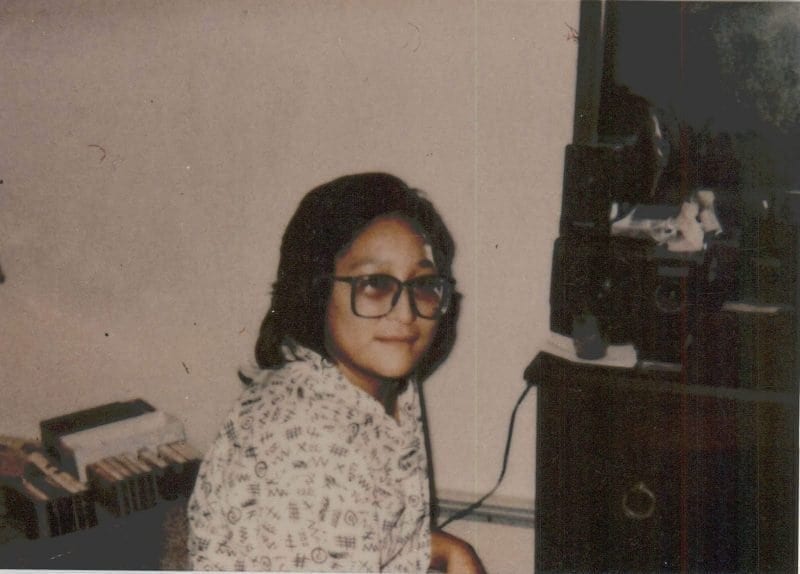Nate Keadjuk was four years old when his mother Mary Rose disappeared without a trace. In her room at the Gold Range Hotel in Yellowknife, her belongings, including her reading glasses, remained. But Mary Rose, 24, was gone.
“I knew she was gone. I had to move on,” said Keadjuk, who relies on photos of his mother to fill in the gaps of time and memory.
On Thursday, 28 years her disappearance on June 28, 1990, RCMP confirmed a DNA analysis of bone fragments had yielded a match – they were the remains of Mary Rose.
The fragments, initially discovered near Con Mine in 2003, were sent for forensic examination. At the time, there were no matches. Police carried out additional searches near the site of the discovery, but no other human remains were located.
Two more tests and 15 years later, the fragments were matched with Mary Rose's DNA, stated an RCMP news release Thursday.
In an interview with Yellowknifer, Nate Keadjuk expressed relief following the development.
“I'm just glad it is over now,” he stated in an email.
While Keadjuk said he was “over it years ago,” the disappearance of his mother, and the inter-generational impact of the loss, can still be felt.
“I named my 10-year-old daughter after her,” Keadjuk wrote. “I don't think I have the guts to tell her what happened.
"When she kept asking, I said she ran away from me because I was bad. That's why you have to be good to mom and dad.”

Mary Rose Keadjuk disappeared from the Gold Range Hotel in 1990. On Thursday, 27 years later, RCMP announced DNA analysis of bone fragments found near the Con Mine in 2003 matched the DNA of Keadjuk. Her son, Nate Keadjuk, says "he's glad it is over."
Despite confirmation from police that her remains had been identified, Keadjuk is still asking questions.
He said he has a “strong gut feeling” that foul play – committed by someone close to his mother – occurred.
While the remains of Mary Rose have been identified, the RMCP's investigation into her disappearance – launched in 1990 – remains active and open.
“Our members have informed the family of Mary Rose Keadjuk of the results of the examination and the match to Mary Rose,” stated RCMP spokesperson Marie York Condon.
“It is an emotional time, however, we are thankful that the improvements to technology allowed a sample to be matched and the identity confirmed by the NWT Chief Coroner."
Thursday's confirmation the bone fragments had matched Mary Rose's DNA comes on the heels of a recently proposed historic case unit.
The planned unit, outlined in the GNWT's 2018 budget, would see two RCMP officers and one civil servant team up to tackle unresolved cases of missing and murdered people dating back to 1985.
There unit would investigate the more than 60 open cases of homicides, suspicious deaths and missing people.
In a previous interview, Marie York-Condon said the RCMP was “pleased to see forward movement” on the proposal.